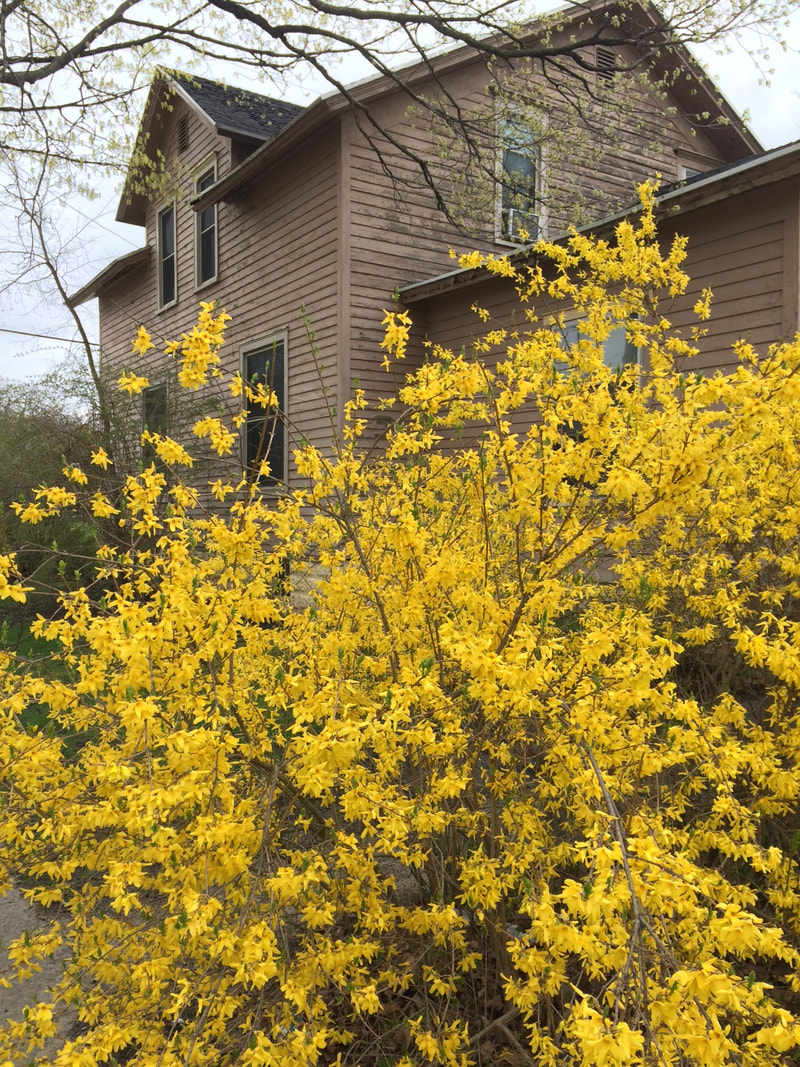|
Photo and article by Donna Iverson During February with its polar vortex temperatures, a lot of us are thinking spring, including me. Visions of daffodils, snowdrops and forsythia dance in my head. Some time next month, if we have a warm spring, you can snip some forsythia branches, bring them inside and put them in a vase. Soon bright electric yellow flowers will appear. All you need is a forsythia bush. Or access to one. Forsythia is not difficult to find or identify. Pretty much everyone knows forsythia when they see it. It is naturalized all over the USA to the point that most people think it’s a native plant. Indigenous to Japan, the forsythia was first identified in 1784 by a Swedish botanist named Carl Thunberg. He thought it was a yellow lilac and so described it in his book, Flora Japonica. ( A student of Carl Linnaeus, he missed the boat on this one.) A hundred years later, it was introduced in Europe and then named in honor of the Scottish botanist, William Forsyth, who was one of the founders of the British Royal Horticultural Society. By 1940, it was on display in the New York Botanical Garden, and quickly spread across the country. On the pollinator front, forsythia provides nectar for bees and butterflies in early spring when little else is available. It also provides cover for small birds during snowy cold spring nights. Forsythia is readily available at garden stores or can be easily grown from stem cuttings. It likes six hours of sunlight daily so a sunny spot is needed. It is not particular about soil type, requires little maintenance and is noninvasive. If a hedge is desired, plant forsythia about four to six feet apart along the border. You won’t have to wait long, forsythia grows at the rate of about two feet a year. A word of warning, deer like to nibble. As for foraging, forsythia is used in Chinese medicine to treat inflammation. Forsythia fruit extracts can be found for sale on the Internet although there is no Western scientific evidence that the plant’s fruit has been medically tested as beneficial. Although forsythia is categorized as non toxic. If you want more information on growing and caring for forsythia, check out www.gardenerspath.com
0 Comments
Your comment will be posted after it is approved.
Leave a Reply. |
Archives
April 2024
Categories |

 RSS Feed
RSS Feed